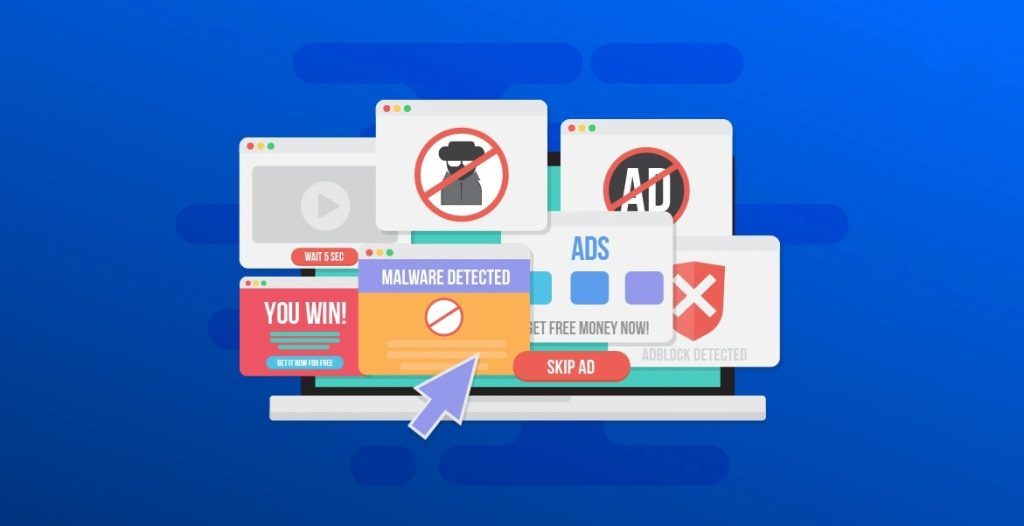A good backlink profile is an integral part of a good SEO. Backlinks or inbound links are what signals authority and credibility to Google. But not all links are good — spam links can damage your website rankings, reputation, even get you penalized. These toxic links usually come from poor domains or links that are immoral. Luckily, it doesn’t need to be a struggle to find and delete these spam links.
We’ll see in this post how you can identify spam links in your backlink profile in just five minutes. The SEOfriendly way of doing so ensures your website stays wholesome and increases your search engine rank. With the help of tools and techniques you can protect your website from link penalties and be proactive in building your backlink strategy.
How Spam Links Work and What Happens to You.
Spam links are spam links which are unnatural and of low quality that will harm your website SEO. They often originate from link farms, sites that don’t interest you, or sites that have high domain spam score. Google looks for relevancy and trust, so these malicious links hurt your rankings. Worse, too many spam links can incur manual penalties, which affect organic traffic very badly.
You can avoid these threats if you regularly audit your backlink profile. A well-maintained link profile will let you notice negative links before they are too bad. Learn what spam links are and where the most common link comes from to get preventive measures. Don’t forget, knowledge is gold—not to mention link spam.
The Keys to Spot Spam LinksThe Top Tools For Spying On Links.
Spam Links – Getting caught out by using the right tools becomes very straightforward. — Tools such as Google Search Console, SEMrush, Ahrefs, etc., will show you full analytics on your backlink profile. Check moz spam score for free which is very handy for checking whether the linking domains are legitimate and what are dangerous links. These services do the analysis for you automatically, which is time saving and accurate.
These tools must be used to get a handle on your backlink ecosystem. Tools that allow you to check domain spam score can identify bad domains, for example. The blending of easy-to-use screens and reports means you won’t miss a red flag. It’s just a couple of clicks away to identify a problem and correct it.
How To Find Spam Links in 5 Minutes?
Begin by signing into an approved backlink monitor. Export your complete backlink profile and sift through for sites with shady characteristics like spam scores, no topics or too many outbound links. Check link quality using metrics such as domain authority (DA), page authority (PA), and anchor text relevance.
Keep your eyes on the same pattern for spam, like links from the same IP or an uptick in backlinks from domains you are not related to. Always check anchor texts — generic anchor text like click here or keyword stuffing is a telltale sign of bad links. Having these steps in order, you’ll quickly identify issues links to fix immediately.
How to Measure Link Quality With Metrics?
Quality Link Analysis: Link quality is assessed by a combination of qualitative and quantitative measures. Start with domain authority (DA), a way of rating a website’s authority. Links with high DA rank are always better than lowDA links. But low DA is not necessarily spam, and you must crossreference with something like spam score or relevance of traffic.
A second determinant is how close the linking domain is to your niche. If, for instance, you have a fitness blog, backlinks from tech or games sites are red flags. : Check links for legitimacy with a link spam checker. Reading these stats gives you a full picture of your link profile, so you can make the best choices.
Real-World Ways to Get Rid of Spam Links
Once you’ve identified the spam links, now it’s time to get moving. Start with contacting the webmasters of violating domains and asking to have the links removed. If outreach by hand isn’t an option, Disavow links from Google with the Disavow Tool. This is a powerful tool especially if you are dealing with a large number of spammy backlinks.
Also, make some preventive measures so you don’t build up spam links in the future. You can stay on top of things by checking your backlink profile frequently and setting up alerts for new links. In this way, you not only get rid of junk links, but also a more healthy backlink profile.
Guide on How to Build a Strong Backlink Profile.
Clean backlink profile is not one-time affair. Perform monthly audits using a tool such as Moz or Ahrefs to keep track of all new and old backlinks. Consistency makes sure that spam links don’t have the time to gather dust and do a lot of damage. Additionally, don’t just go for a lot of backlinks, always go for the best ones.
You also have to keep in mind that Google’s link building guidelines. You can’t buy links or participate in bad link programs because they can punish you. Join trusted sites, focus on context, and keep anchor texts natural. Follow these best practices and you can have an excellent backlink profile to help your SEO performance last.
Conclusion
A spam-free backlink profile is essential for SEO and reputation health of your website. Learn spam links, use good tools, and go through a process, you’ll find harmful links in five minutes. Continual audits and optimizations keep your site safe and immune to penalty penalties from links.
Take the measures mentioned in this guide to secure your site and get the most out of SEO. Be it a link spam checker, keeping an eye on your domain spam score, or checking your Moz spam score for free, these quick fixes will allow you to be ahead of the curve. : You’ll lay the basis for long-term search ranking success with a good-quality backlink profile.

